Double Pendulum
The double pendulum model of the golf swing dominated swing analysis for decades. It was based on thinking about the golfer as a two-lever system. Shoulder to wrist was considered as a single lever connected to a second lever, wrist to clubhead. The wrist is the hinge in the two-lever model.
The classic 1968 book, "Search for the Perfect Swing" by Cochran and Stobbs still stands as the definitive description of the model. Careful reading of the book reveals a wealth of insight and ideas about the swing. But they were gradually overlooked as the two-lever model gained credence.
The model began as a useful first step in describing swing mechanics. Pictures of golfers could be analyzed, lines overlaid at strategic positions, angles measured, and calculations made with math that was not too difficult to follow. A popular science approach to human physiology was incorporated into the analyses. Books and journal articles were written. Classes taught to teaching professionals fell under the spell of the two-lever model. Student golfers were taught the rigid lead arm and getting into strictly correct positions. Two-lever dogma found it's way into teaching the swing.
It was soon forgotten that the double pendulum model started out as a simple way to think about how to describe clubhead speed, not how to swing the club. A model with more than two levers was acknowledged as better but it made the math too complicated. The sequence by which a golfer uses the muscles in the body to swing the club was understood to be important but not incorporated into the two-lever model. It was assumed that the key muscle sequences already had already occured before the two-lever action kicked into play.
Then, 3D motion capture technology entered the picture and the world of swing analysis was forever changed. It has redirected thinking about how to generate speed and power to a kinematic approach. The sequence and timing of how body segments move during the swing relative to each other could be measured, overcoming 2D video limitations. This kinematic sequence could be viewed as your swing signature, and understanding it has become the new platform upon which modern swing instruction is built. We have begun to identify the key concepts on our swing analysis website pages.






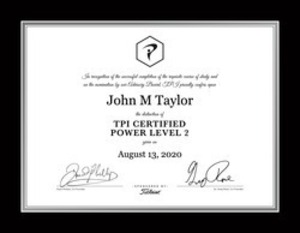




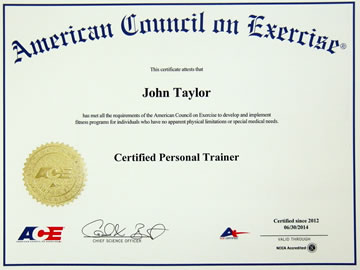
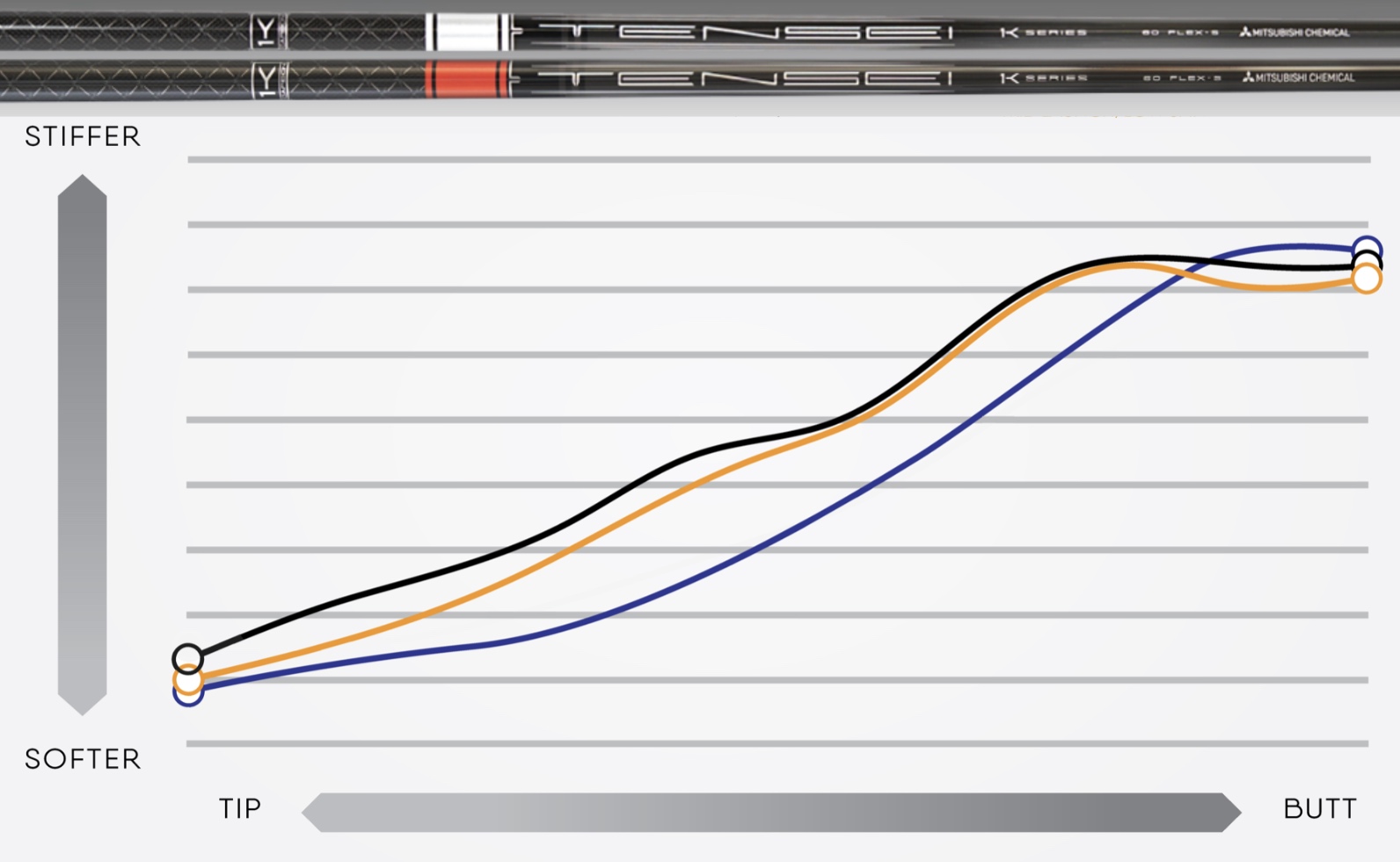
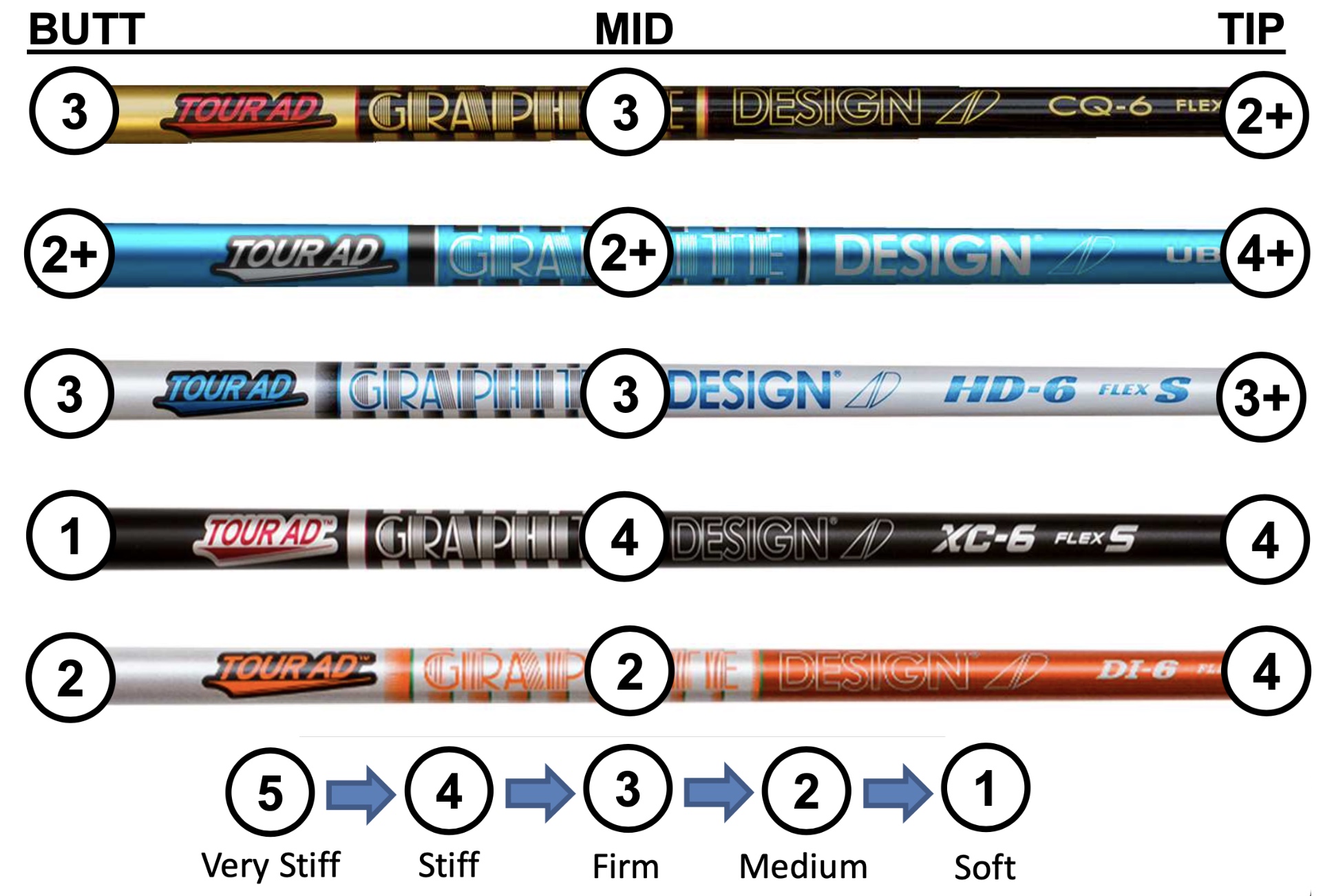













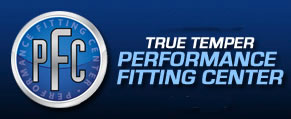

 John Taylor
John Taylor